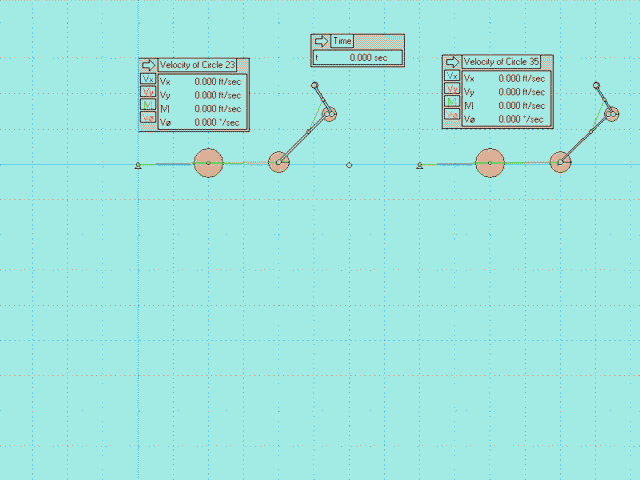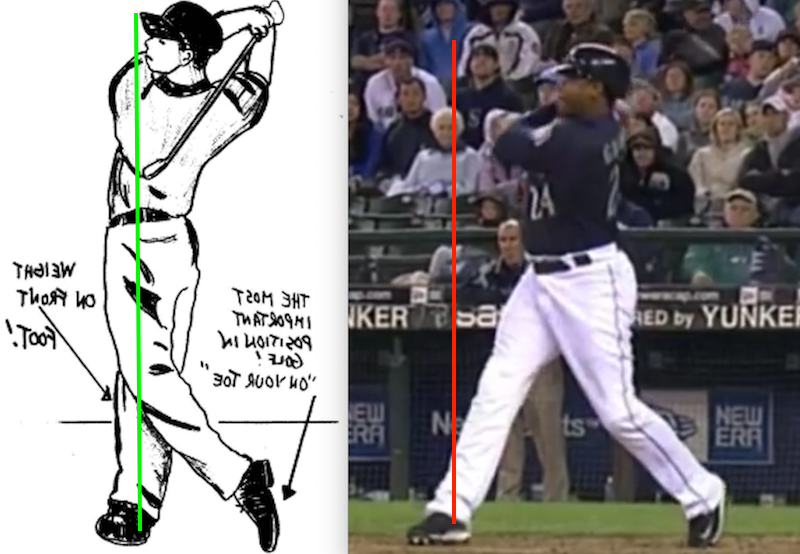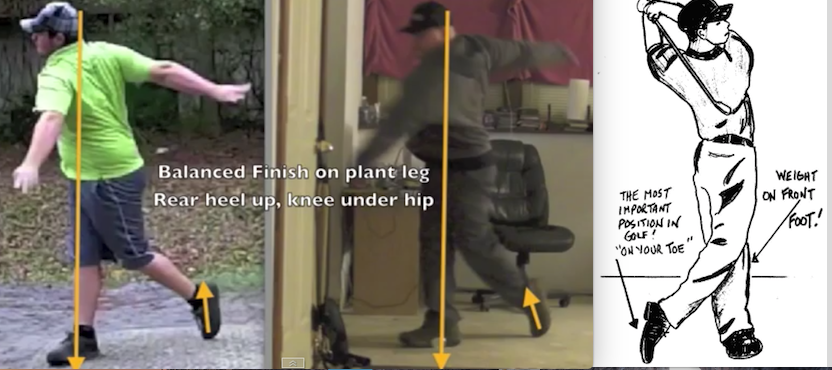Yeah I have the same impression. Thanks for sharing. Started drafting a "Who is Chris Taylor?" post for this thread but never finished. He made a put-down comment that "Scott Stokely has never studied biomechanics [like I have]" that really jostled my giblets.
From my limited research: Chris Taylor has (a) been around the sport of ultimate/disc golf for a long time, (b) some background in formal golf instruction and/or coaching up to the high school level, (c) financial interest in and/or ownership of "Motus3D," which hawks motion analysis equipment, and (d) financial interest in and/or ownership of whatever "discgolfclinics.com" represents.
Yeah the continuous appeals to "I coach your favorite Pros that throw far" sure set the alarm bells a-rangin'.
Q: "How do you know this form-thing, Chris?"
A: "David Wiggins, Jr. calls me coach when I ask him to."
He's absolutely marketing off the idea that he helped
develop David Wiggins, Jr.'s bomb-throwing capabilities. Same thing with Gurthie. But he's actually soliciting their services in return for his own: access to 3D motion capture equipment/software (which Chris Taylor owns/sells) + the data it produces and whatever the business plan is for discgolfclinics.com. I'm sure there are more robust product ideas in the pipeline, all of which will benefit from Chris Taylor's proximity to the Pros he continues to collect like a disc-golfing Professor Slughorn and Chris Taylor's proximity to "Dr. Kwon's 3D motion study."
Chris Taylor's other favorite appeal to support his statements is to "having the data", whatever that means. We're not sure what that data is, exactly, or the methodology Chris Taylor uses to poke and prod and demand answers from that data, because Chris Taylor won't tell us. He has told us, though, that the data supports his statements, such as "the hand/arm motion in to the power pocket is an active/purposeful move" and (can't find the direct quote so paraphrasing) "upper arm accounts for 50% of the final disc velocity".
These are related statements and seem to be at the core of his swing philosophy. When asked online by players "How to get better?", Chris Taylor has recommended that players focus on this upper arm (shoulder to elbow) segment and practice this active/purposeful move into a net. Why not, right? The upper arm produces the biggest chunk of disc speed. Chris Taylor said so, and he has the data.
I don't think Chris Taylor is necessarily pulling this upper-arm-speed-swing-philosophy data point from the Hummel study. He is probably "using" his own collected data. Chris Taylor's reddit account made this statement:
Here is the likely data/methodology that produced this statement: The dot on David Wiggin's Jr.'s lead shoulder was estimated (by Gears 3D motion capture software) to be moving at x velocity. The dot on David Wiggin's Jr.'s lead elbow was estimated (by Gears 3D motion capture software) to be moving at 2.2x velocity. The dot on David Wiggins Jr.'s wrist was estimated (by Gears 3D motion capture software) to be moving at ___x velocity. Which leads to the claim: The upper arm accounts for "___%" of final velocity.
He's probably not wrong about the relative velocities of these dots placed on joints - it's just not a very nuanced observation. The upper arm (a) has greater mass than your forearm, (b) is a longer lever than your forearm, (c) is the first segment of your kinetic chain being flung beyond your (imaginary) CoG. All considered, not very surprising that a dot placed on a high level throwers elbow was recorded & estimated to be moving at >2x the velocity of the dot placed on their shoulder, and that this was a greater difference/increase in velocity than that observed between the elbow dot and the wrist dot.
Consider the pendulum figure below once more. Chris Taylor's swing philosophy/analysis doesn't seem much more complicated than taking the below figure, circling the longest segment nestled between the two largest circles/masses of the chain, and saying "this piece is pretty important." Now, what does this reveal about swing mechanics?



